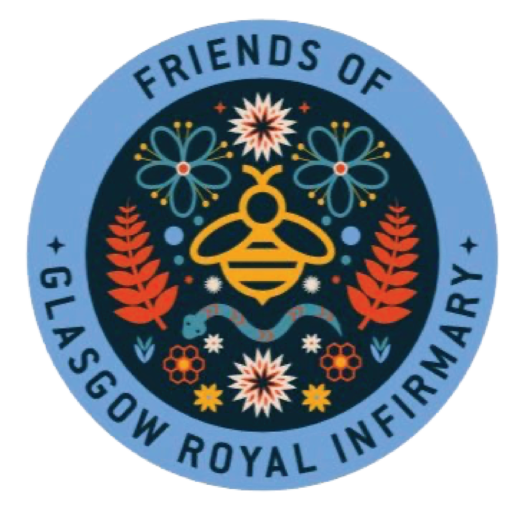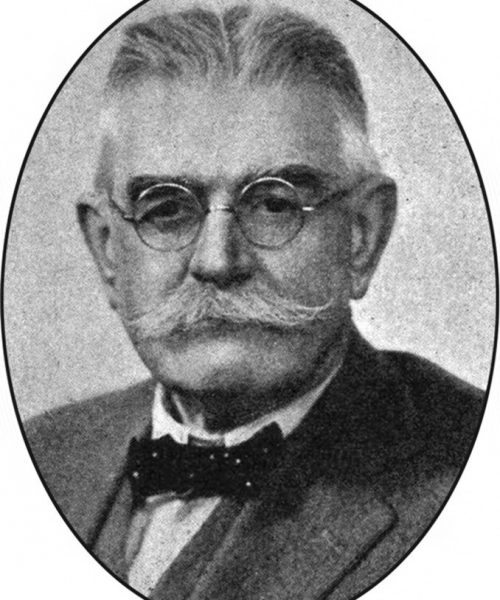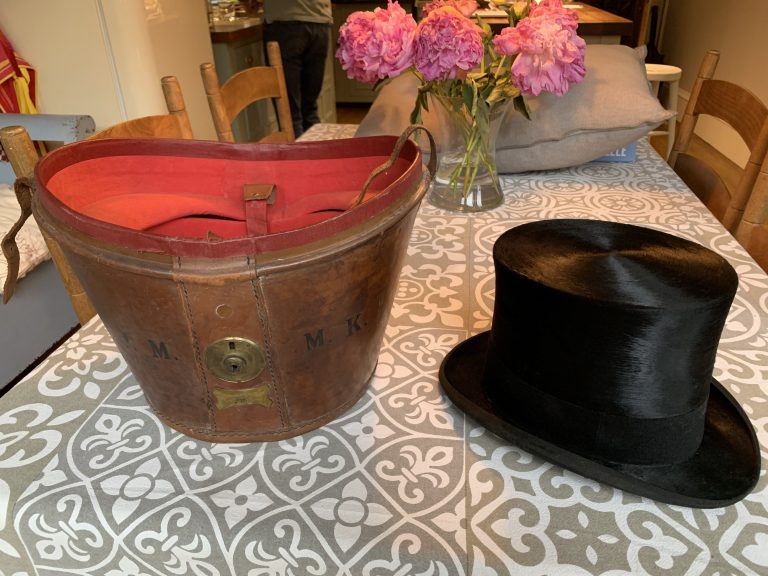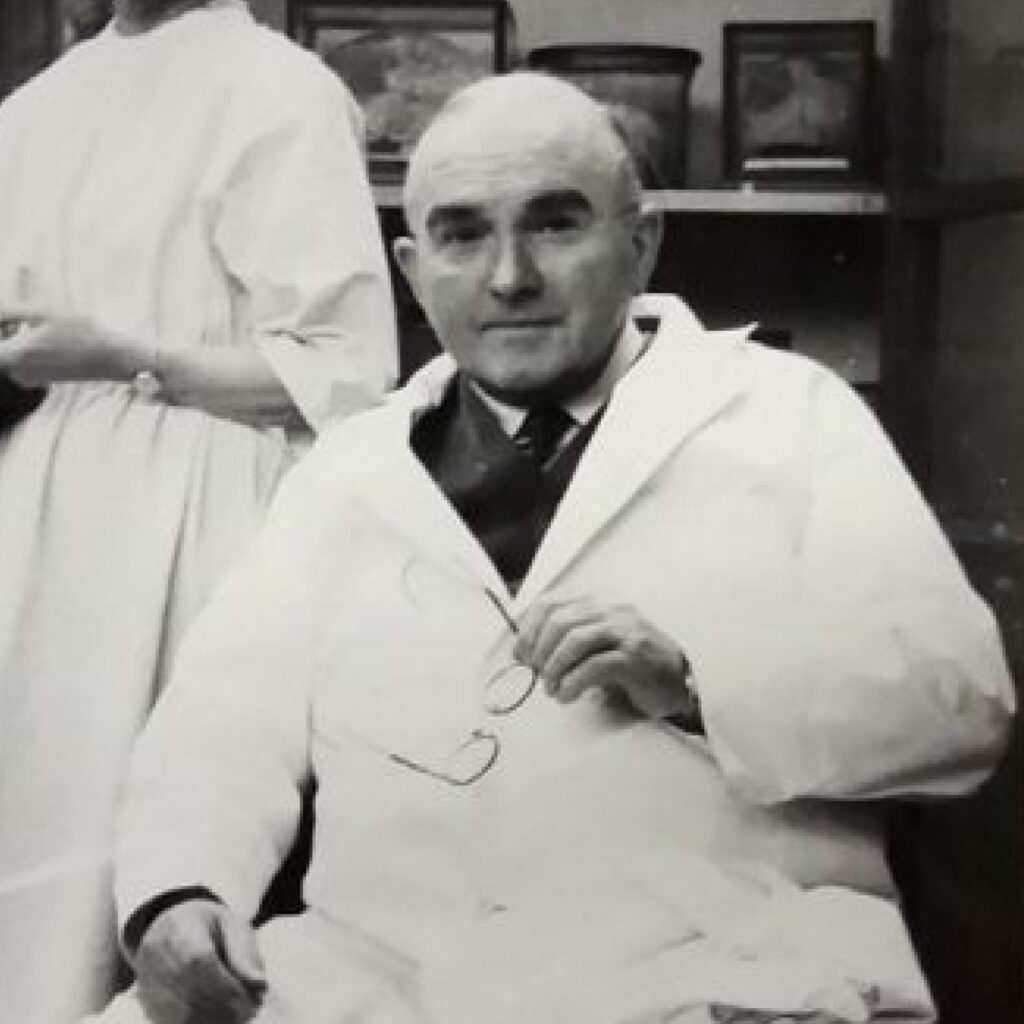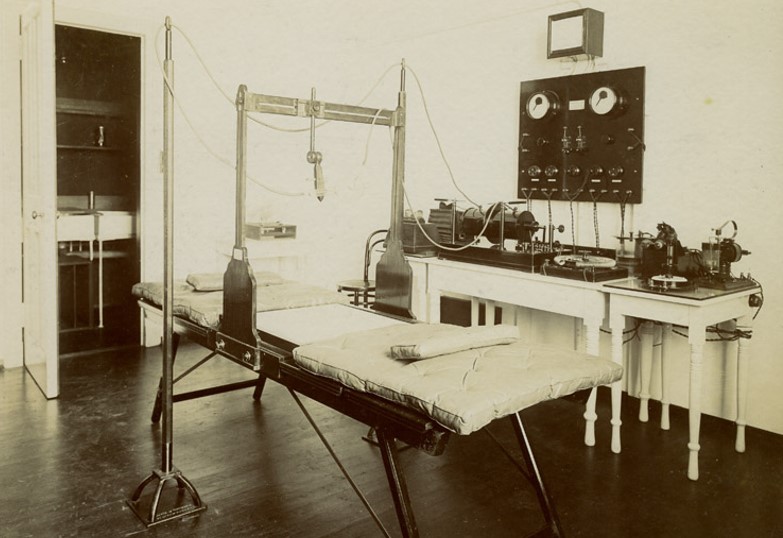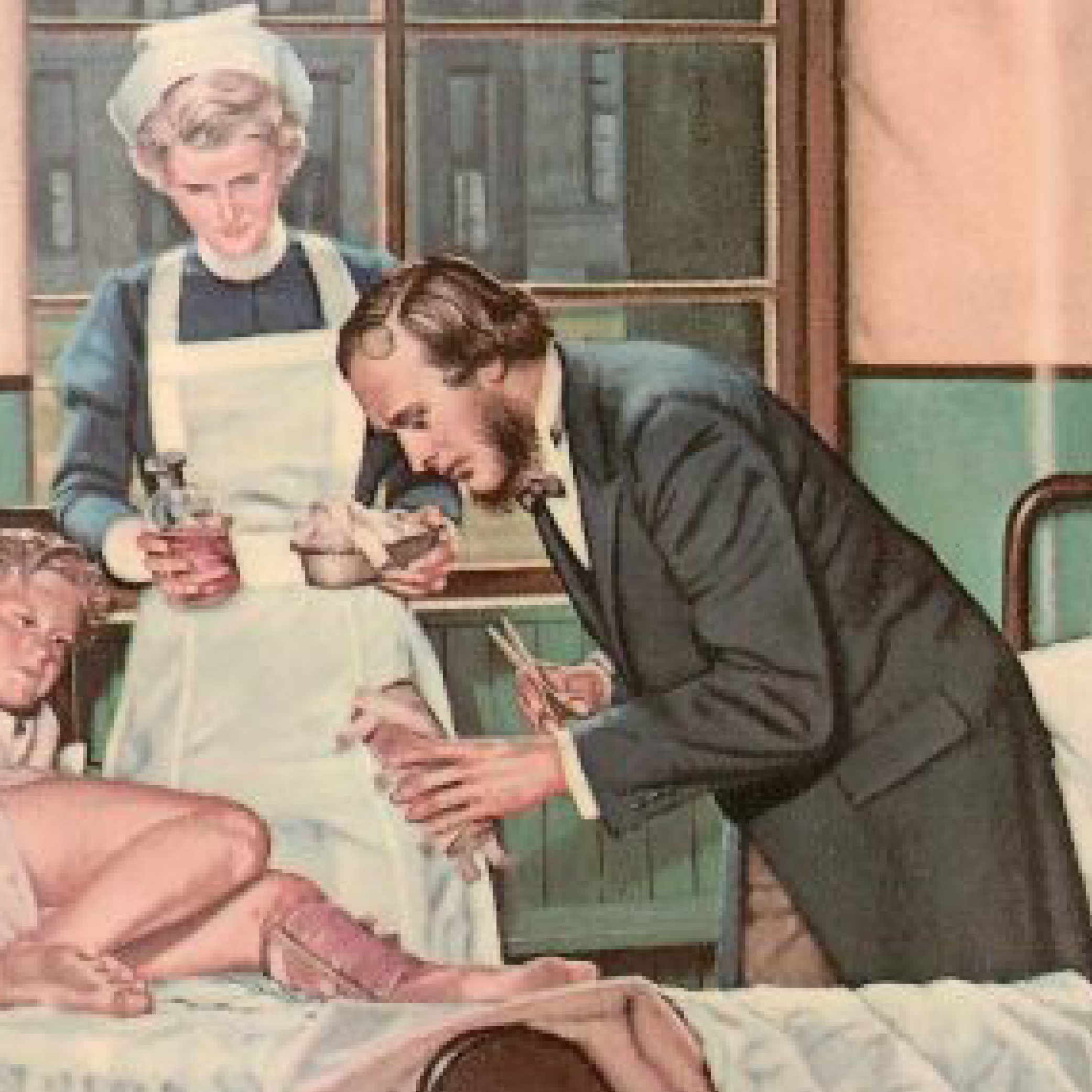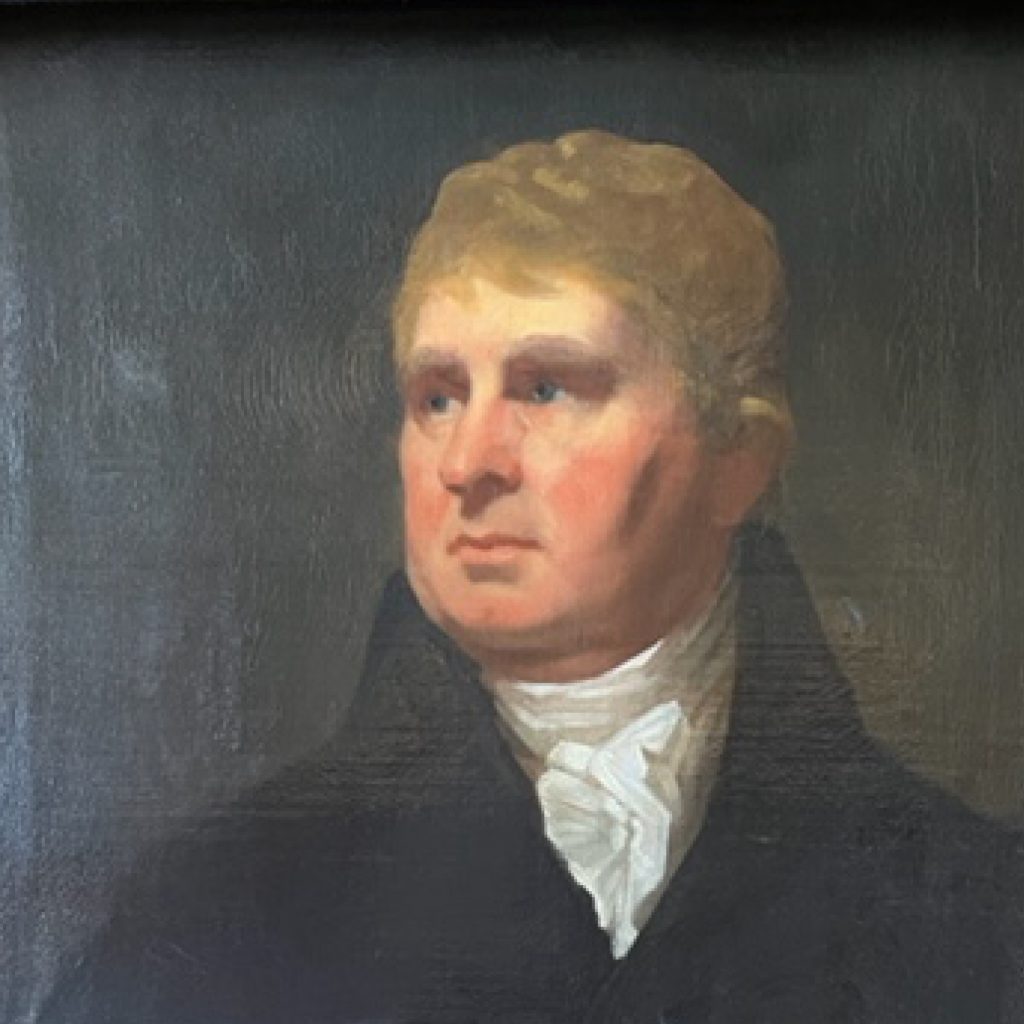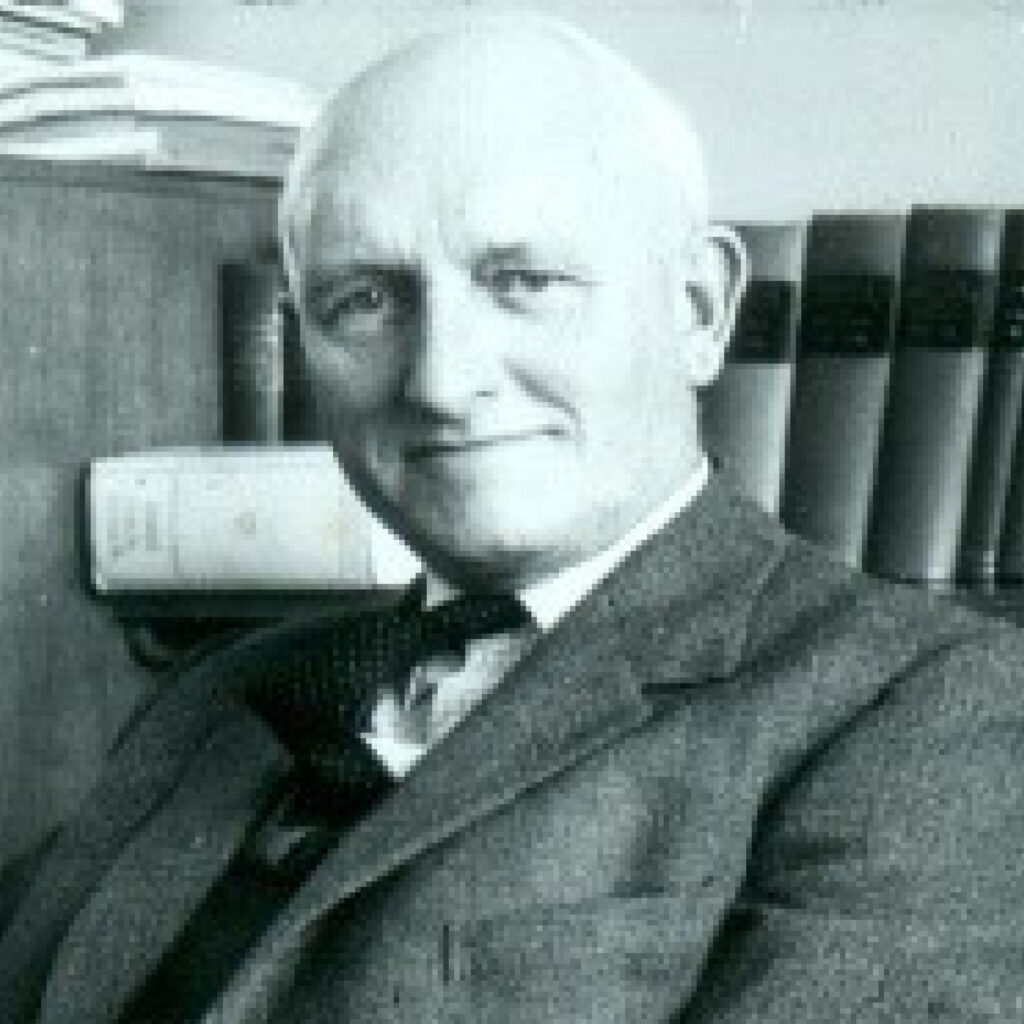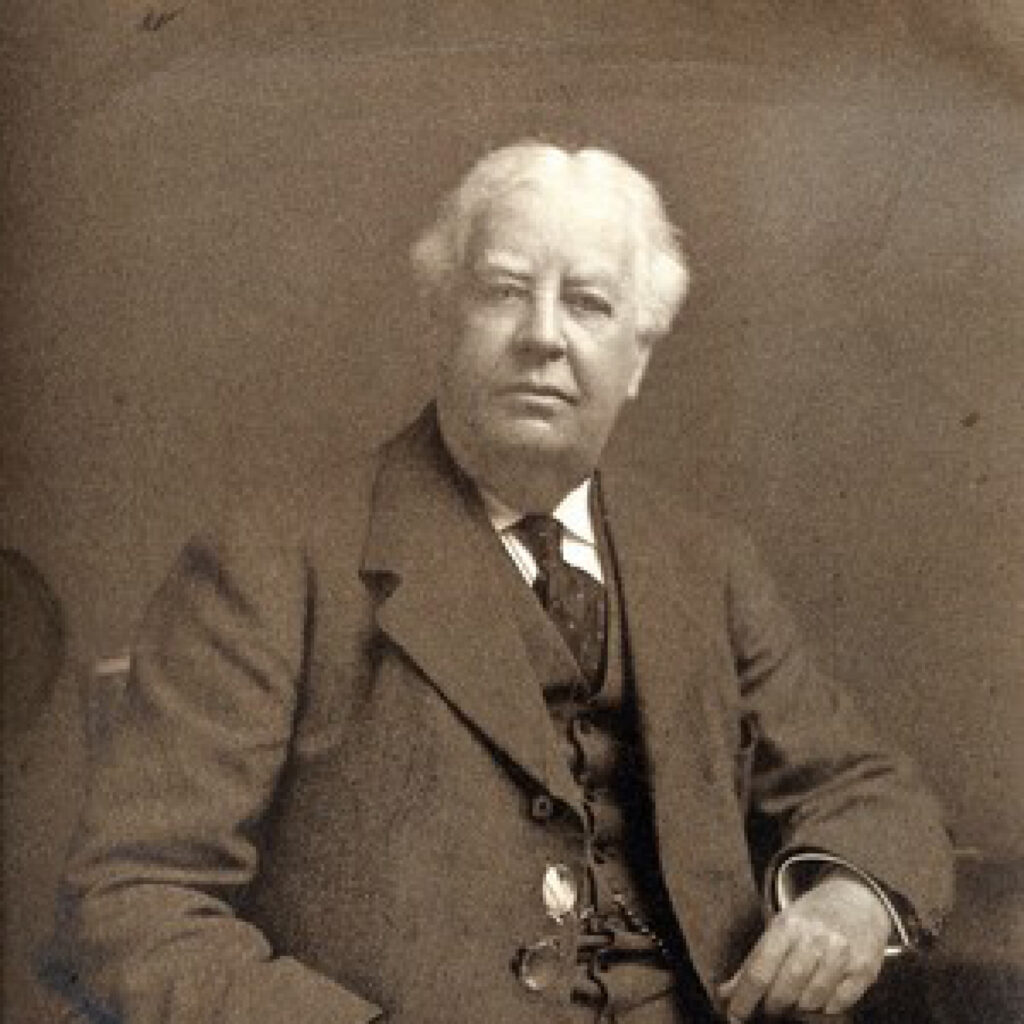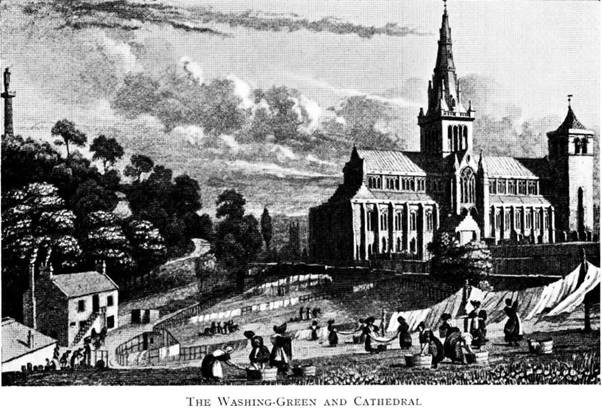
The East plot of GRI was once home to the North Parish Washing Green (NPWG). This is roughly where the Walton Building and Walton Annex are today.
The NPWG charity was founded in 1792 when Glasgow was becoming increasingly industrialised. Most houses had no running water and the inhabitants drew water from a number of wells. Residents needed somewhere to wash their clothes and so the principal land owners of the historic North Parish of Glasgow City laid out some land, that they owned on the banks of the Molindinar burn near the cathedral, as a washing green. The North Parish Washing Green was rented out to a manager. The land was fully equipped and the manager was able to secure an income by charging for the use of the various washing implements. The landowners used the rent to provide alms for the poor of the North Parish of Glasgow.
In 1873 the washing green ceased to exist and the land was sold to GRI for £3005. The income from the sale enabled the tradition of helping the poor to continue and just like GRI, The NPWG Society is still in existence today.
There were three factors which led to the sale and closure of the washing green:
- The Necropolis cemetery was laid out the hill opposite the cathedral and a bridge was constructed over the Molindinar, making the washing green unfit for purpose.
- The Loch Katrine water scheme ensured that there was now access to running water.
- The Trustees of GRI wanted to expand the hospital building.

IAt its conception, it cost one guinea (£1.05) to become a NPWG society member. To join today, it costs £50 for lifetime membership and this allows the Society to provide financial assistance and grants to members of the community as well as home visits and entertainment to those in need. Read more on The NPWGS website and via The Trades House Library
